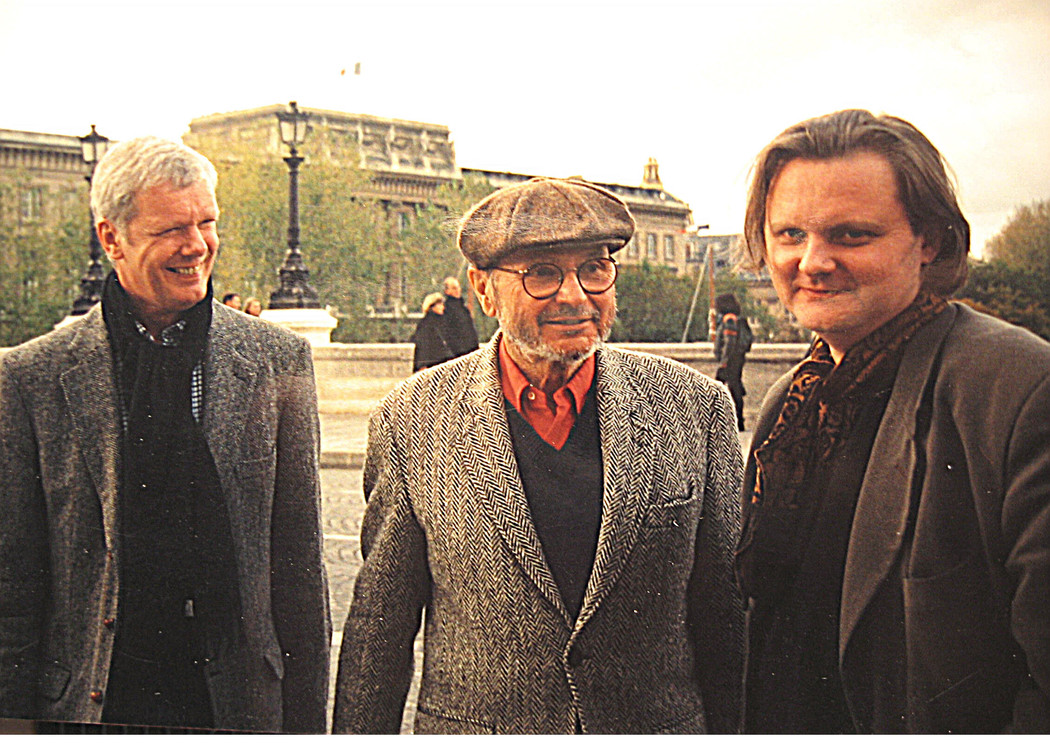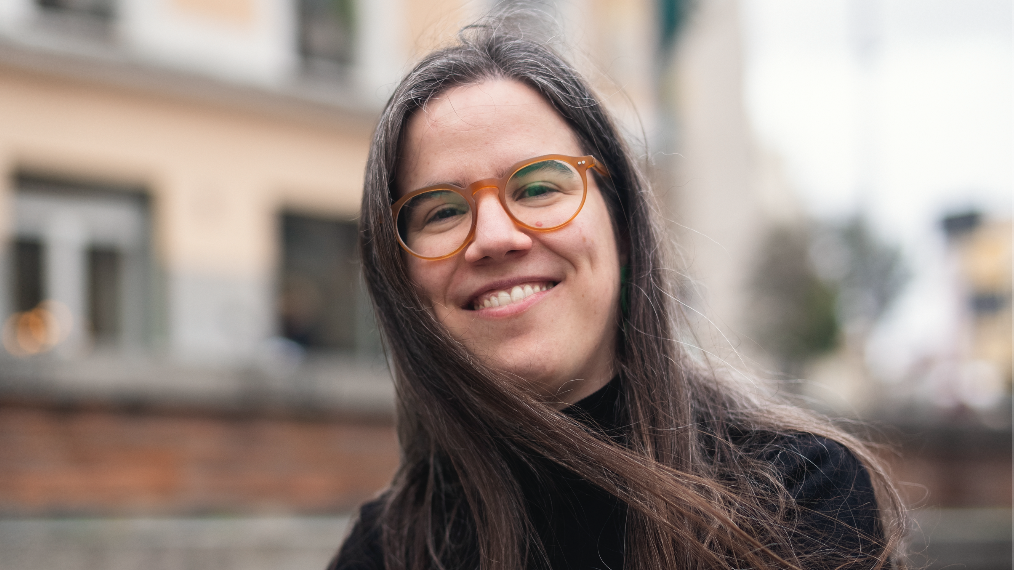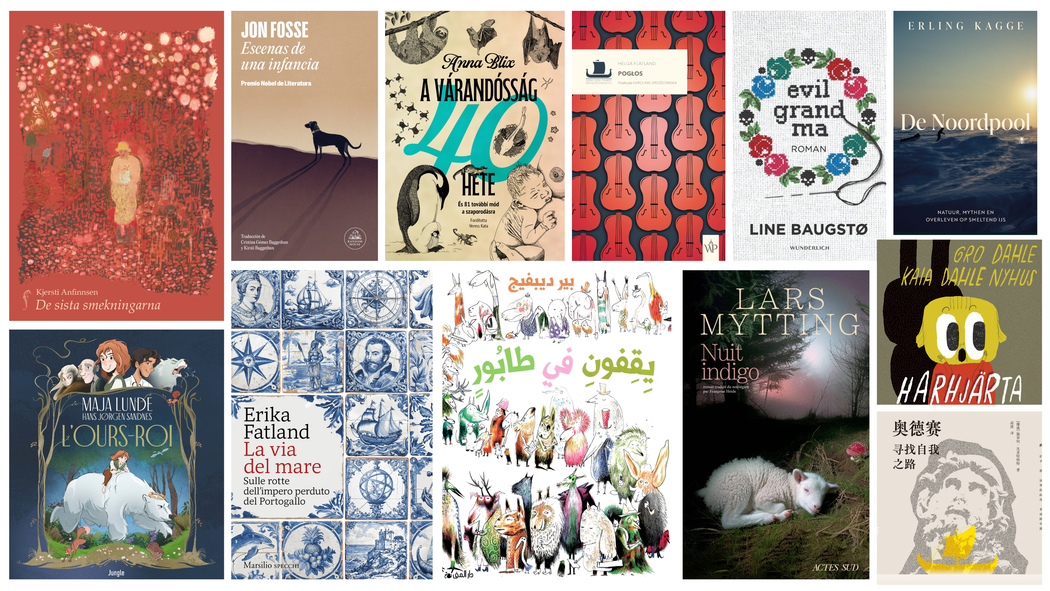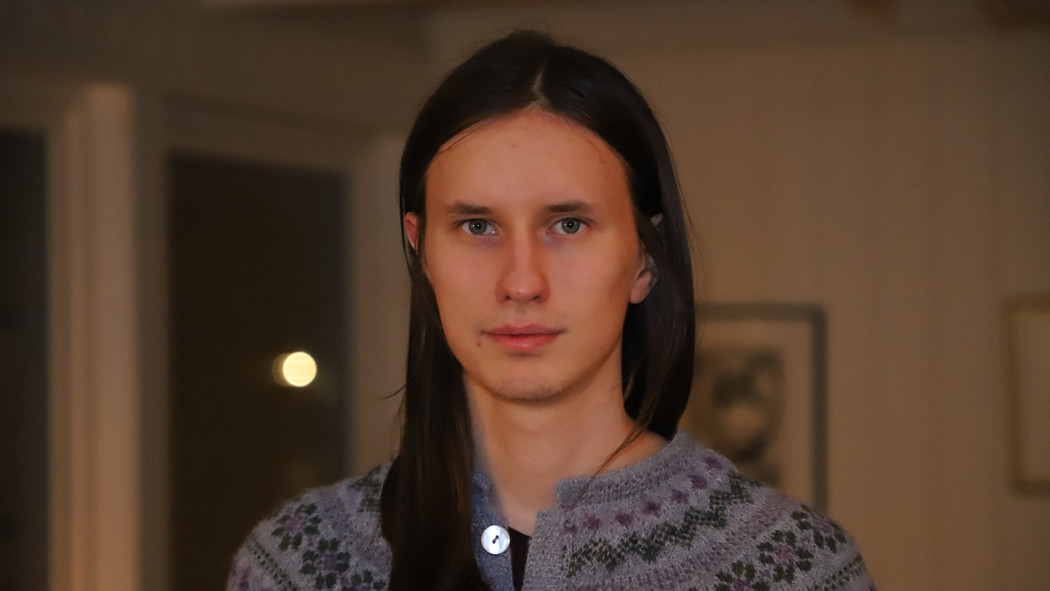Why I translate Fosse: Terje Sinding
Jon Fosse’s works are available for readers and audiences all over the world. In NORLA, we want to draw attention to some of the around fifty translators who have made that possible. We are proud to present to you our new column “Why I Translate Fosse”!
First up is Terje Sinding, who translates Fosse to French, even though he is born and raised in Norway.

How did you become interested in the Norwegian language?
I’ve lived in France for most of my life, but I was actually born and raised in Stavanger, Norway. So the Norwegian language has always been there – it’s my mother tongue! However, distance affects the way I relate to it. Obviously, Norwegian will never be a foreign language to me, but it feels like I’m growing increasingly aware of the peculiarities of the language – the words and expressions that most Norwegians may not reflect on being “weird”. Maybe that’s why I’ve chosen to translate from Norwegian. It gives me the opportunity to explore my connection to a language that I no longer use daily.
Where were you when you found out that Jon Fosse was awarded the Nobel Prize in Literature 2023?
In the waiting room at my eye doctor’s office.
How was your first meeting with a text written by Jon Fosse?
It was in 1996, if I remember correctly. I read a review of Someone Is Going to Come in a Norwegian newspaper, and thought “this seems interesting”. So I asked to have the play sent to me, translated it and sent it to several French theatre directors. All of a sudden, the wheels were in motion! Since then, I’ve translated 16 plays, seven novels and quite a few of his children’s books.
Why do you translate Fosse?
I could answer that I hold his works in high regard, and that I have a great sense of pleasure translating them. But in reality, I think it runs deeper than that. I feel related to him in certain ways. It could be because we’re both from the west of Norway, growing up near the ocean in a rainy landscape surrounded by mountains….
What’s the greatest challenge translating Fosse?
The rhythm. Translating Fosse, you have to work really fast – otherwise you’ll miss the rhythm. Then you have to put a lot of work into polishing the text.
Do you have a Fosse favorite?
A difficult question. I think I’ll have to pass!
What’s your fondest memory translating Fosse?
One of my fondest memories is the French premiere of Somebody Is Going to Come. One of the first directors I sent the play to was Claude Régy. To me, he was one of the great European directors, and I almost didn’t dare hope he would be interested. But a few weeks later, I received his letter. He wanted to produce the play, and the premiere was at the Théâtre des Amandiers in 1999. That was actually the first Fosse production outside of Scandinavia ever – and it turned out to be one of my greatest theatre experiences.
What question should we have asked you?
I’m not quite sure… What question would you want to ask me?
Read more
More about Terje Sinding on Books from Norway
See all the interviews in the series here
Read more about Jon Fosse here


